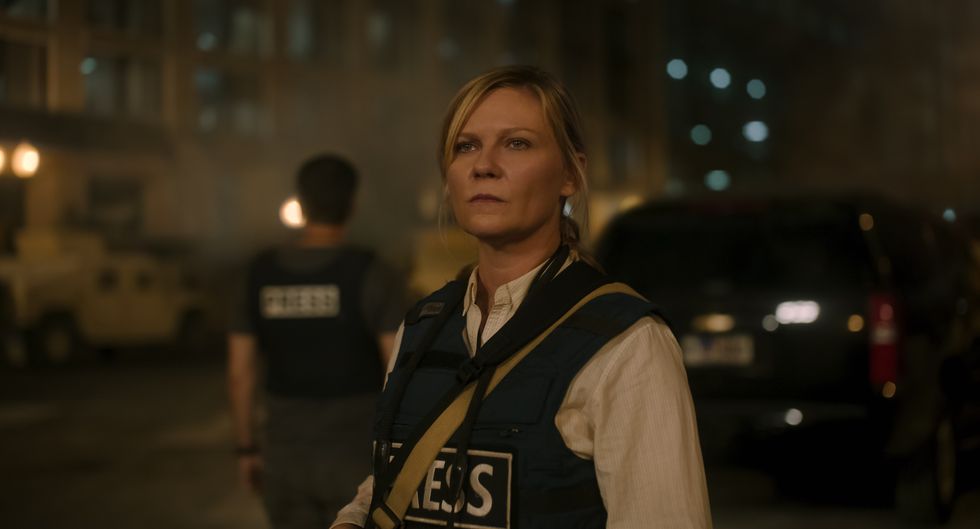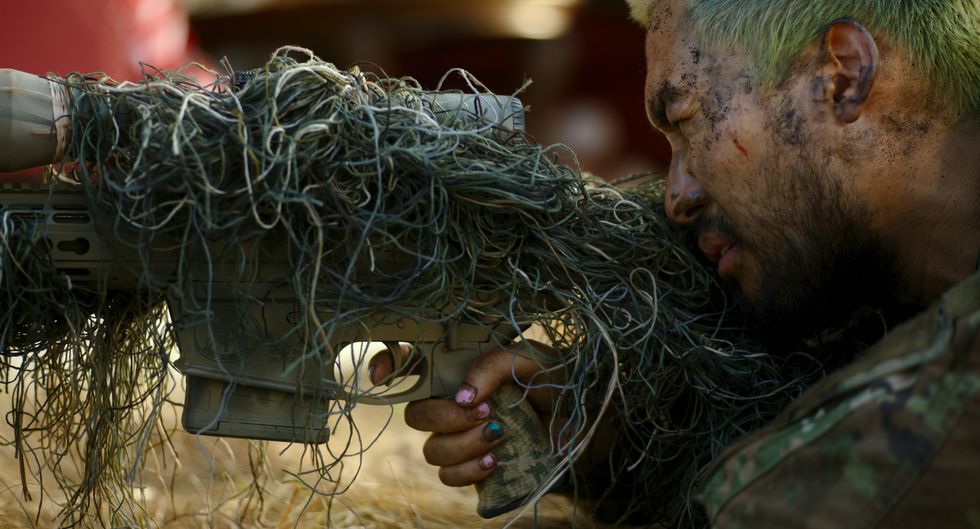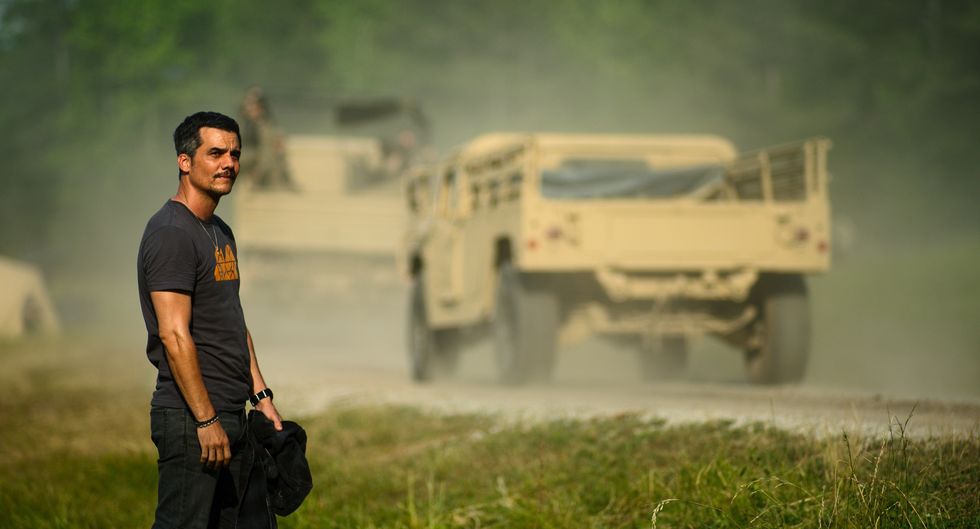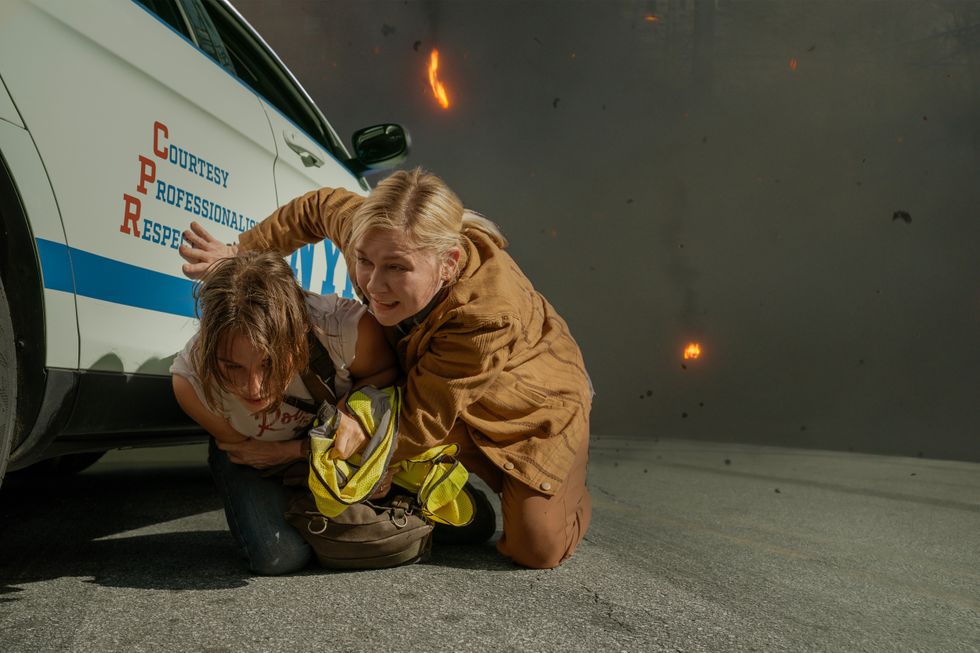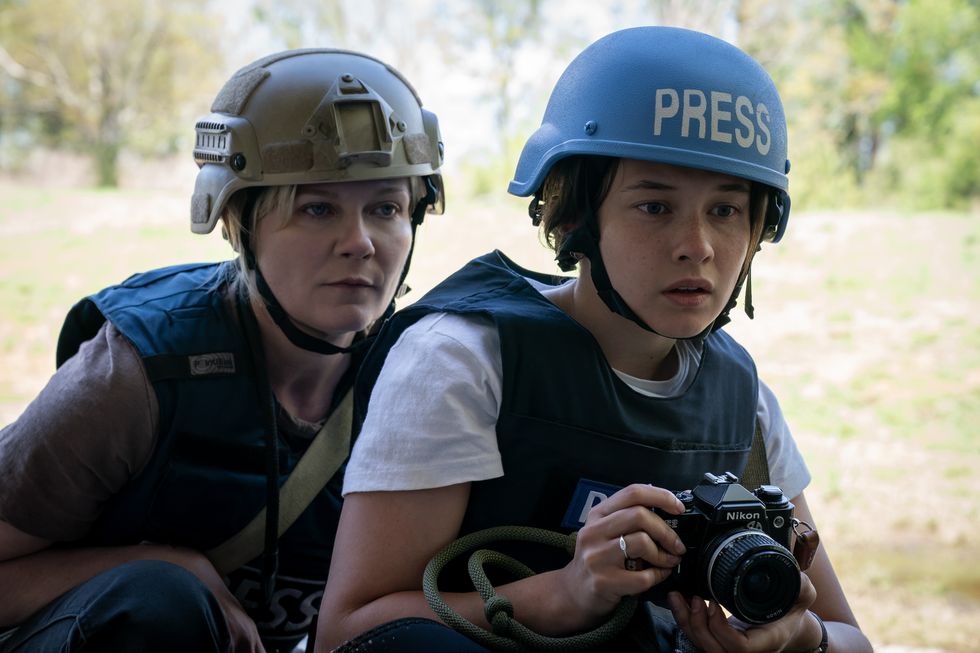8 Egregiously Underrated Indies from 2016 That You Need to See
These movies that you might have missed this year deserve your immediate attention. Here's why.
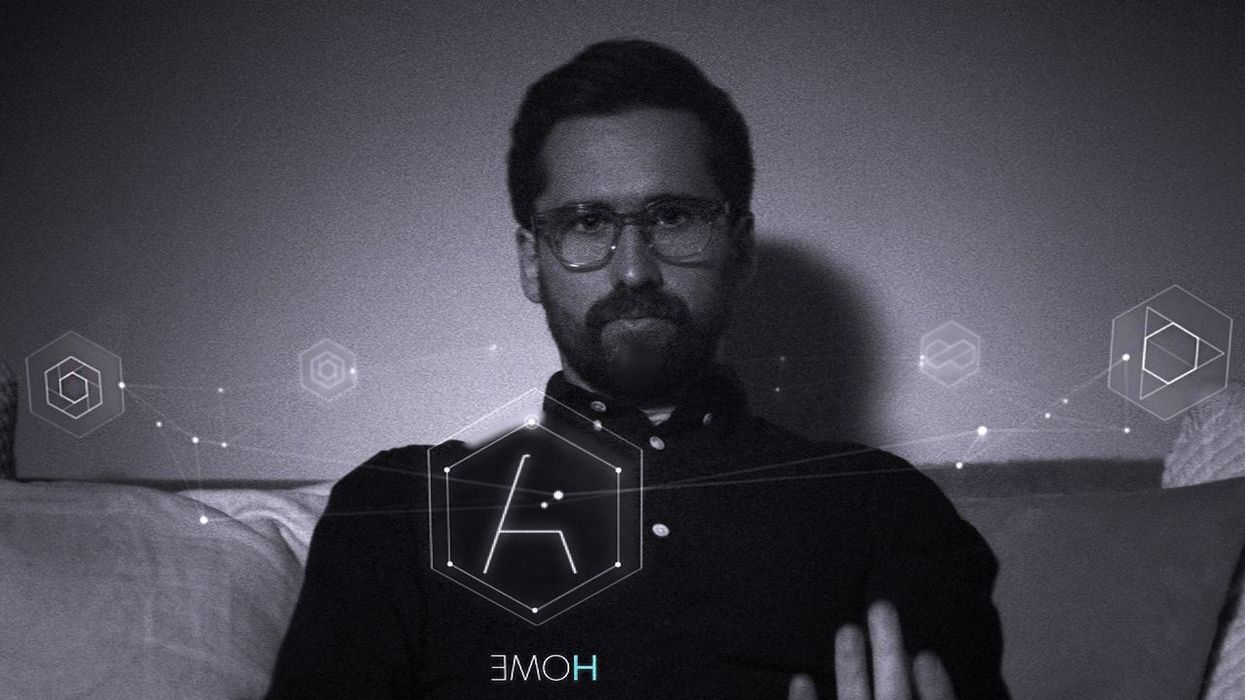
Every year, small movies slip through the cracks. It's easy to let them slide—after all, Rogue One is out now. And you have to catch up on your Oscar bait, right?
While we're certainly fans of the big guns, the underdogs often prove to be the most thought-provoking, complex, and artistic films on offer. Here are eight that created an indelible impression on us this year.
1. Cameraperson
Director: Kirsten Johnson

Johnson has worked with some of the most prominent documentarians in the field, such as Laura Poitras, Amir Bar-Lev, and Michael Moore; her footage traverses the globe, from Darfur to Bosnia, Afghanistan, Guantánamo Bay, and Ground Zero in New York. She's a patient and compassionate presence behind the lens as complex human dramas unfold. In one scene, she films a premature birth in an underfunded Nigerian hospital. As the baby struggles for its life, gasping for air, the midwife suddenly thumps its chest, reinvigorating its cries. “Oh, my God. He’s breathing. I’m so happy!” Johnson whispers. But just minutes later, we learn the baby needs oxygen to survive. The hospital has none, and the baby dies in front of our eyes. In yet another scene, Johnson is in Bosnia visiting a family that survived the mass rapes and killings of the Balkan Wars. Outside their remote farmhouse, a young toddler precariously swings an ax, unsupervised save for Johnson's ambivalent camera; behind it, she expresses palpable anxiety, yet never relinquishes her role as observer.
One is aware of the potent power of the camera as both an eye that bears witness and an instrument of manipulation.
Watching Cameraperson, one is aware of the potent power of the camera as both an eye that bears witness and an instrument of manipulation. The lens poses myriad contradictions: it is somehow impotent to human suffering, yet also an empathetic portal. It often lies in the service of a larger truth. A sequence of empty landscapes depicting the scenes of some of history's worst crimes—the genocide in Darfur among them—is both distancing and devastating. It evokes the horror of the past, but only in imagined intervals—after all, these are just places, neutral without people to give them meaning.
More than any film this year, Cameraperson engenders compassion for humanity. "To take a photograph is to participate in another person's mortality, vulnerability, mutability," wrote Susan Sontag in her famous work On Photography. "Precisely by slicing out this moment and freezing it, all photographs testify to time's relentless melt…. To collect photographs is to collect the world."
2. Embrace of the Serpent
Director: Ciro Guerra

The current moment takes no precedence over memories as the narrative vacillates between past and present.
In one of the most haunting scenes of the film, reminiscent of Apocalypse Now, Karamakate and the explorer stumble upon a Roman Catholic mission, where a priest has gone insane and begun to murder the tribal children under his tutelage.
Shot on film in stunning black and white, Embrace of the Serpent transports us into Karamakate's world. (The director consulted on the script with surviving members of a lost Amazonian tribe for authenticity.) Every aspect of the film works to help us enter Karamakate’s perspective, even the timeline: like his tribe’s concept of time, the current moment takes no precedence over memories as the narrative vacillates between past and present. We experience Karamakate's astounding reverence for the natural world, his generosity and devotion to human life, and his non-materialistic value system (he urges the explorers to ditch their luggage and finds the concept of money ridiculous), and we are invited to wonder: Is this indigenous culture more evolved than our own?
3. Louder than Bombs
Director: Joachim Trier

Joachim Trier is a rare literary voice in the cinematic universe. Like a novel, Louder than Bombs is a kaleidoscopic portrait of a grieving family that switches perspective from character to character. Trier regales us with details of his characters' interior lives—their dashed hopes, their contradictory desires, their idiosyncratic habits. Sometimes the same scenes are replayed—remembered—with a different character's subjectivity. One scene features a diary entry read in narration.
"What I find inspiring in literature is the spirit of how free one can be when presenting human thinking and stories and characters," Trier told us earlier this year. "It's all about trying to get under the skin and into the mindset and memories and thought patterns."
This method is freeing indeed. In lieu of overwrought, expository dialogue, the characters in Louder than Bombs communicate through subtle gestures and unspoken words. Though it manifests differently from individual to individual on the outside, grief is a shared experience. Each family member has lost the same person; only they can truly understand the depth of the other's pain.
4. Creative Control
Director: Benjamin Dickinson

What sets the movie apart from others of its kind is that it manages to sidestep sci-fi traps. Instead of falling down the rabbit hole of Augmenta for its escapism, David's obsession reveals to him the fissures that exist in his real life: he's vapid, work-obsessed, nefariously idealistic, and repeatedly neglects the emotional needs of his girlfriend, despite being connected to her through technology 24/7. Shot in precise black and white with sparing visual effects, Creative Control plays as a satire of both the creative class and the clinical future that awaits—lest we put down our screens.
5. Rams
Director: Grímur Hákonarson

The story's simplicity paves way for sweeping visual compositions of the rural landscape and deadpan dark comedy that thrives on that particular Icelandic stubbornness. If the country's Nobel laureate, Halldór Laxness, made a film, it might play like Rams.
6. Childhood of a Leader
Director: Brady Corbet

Childhood of a Leader is not a story, per se; it's an evocative experience heightened by exquisite cinematography (Barry Lyndon comes to mind) and a disquieting score that imbues seemingly innocuous moments with resounding malice. Unconcerned with pandering to entertainment value, Corbet's confident first film has no discernible narrative structure. Instead, it wants to get under your skin.
7. Gleason
Director: Clay Tweel

(Bring tissues.)
But it turns out he's bracing for impact. The camera trains an unflinching eye on Gleason as he takes a turn for the worse, enduring incredible physical and emotional suffering that slowly unravels his marriage. He throws himself into the foundation, only to discover that it functions partly as an agent for denial. But is acceptance defeat? As in all things related to death, Gleason doesn't have the answers. (Bring tissues.)
8. Notes on Blindness
Directors: James Spinney, Peter Middleton

Lip-synching to Hull's original recordings, the actors bring stunning passages to life, such as the first time Hull experiences rain as a blind person: "Rain has a way of bringing out the contours of everything; it throws a colored blanket over previously invisible things. Instead of an intermittent and thus fragmented world, the steadily falling rain creates continuity of acoustic experience." Hull wishes rain could fall indoors and illuminate the soundscape of his house. To illustrate this, the filmmakers create one of the most stunning scenes in recent memory: Hull wanders his house as the rain falls all around him. Instead of shrinking into blackness, a man's world suddenly bursts open.

